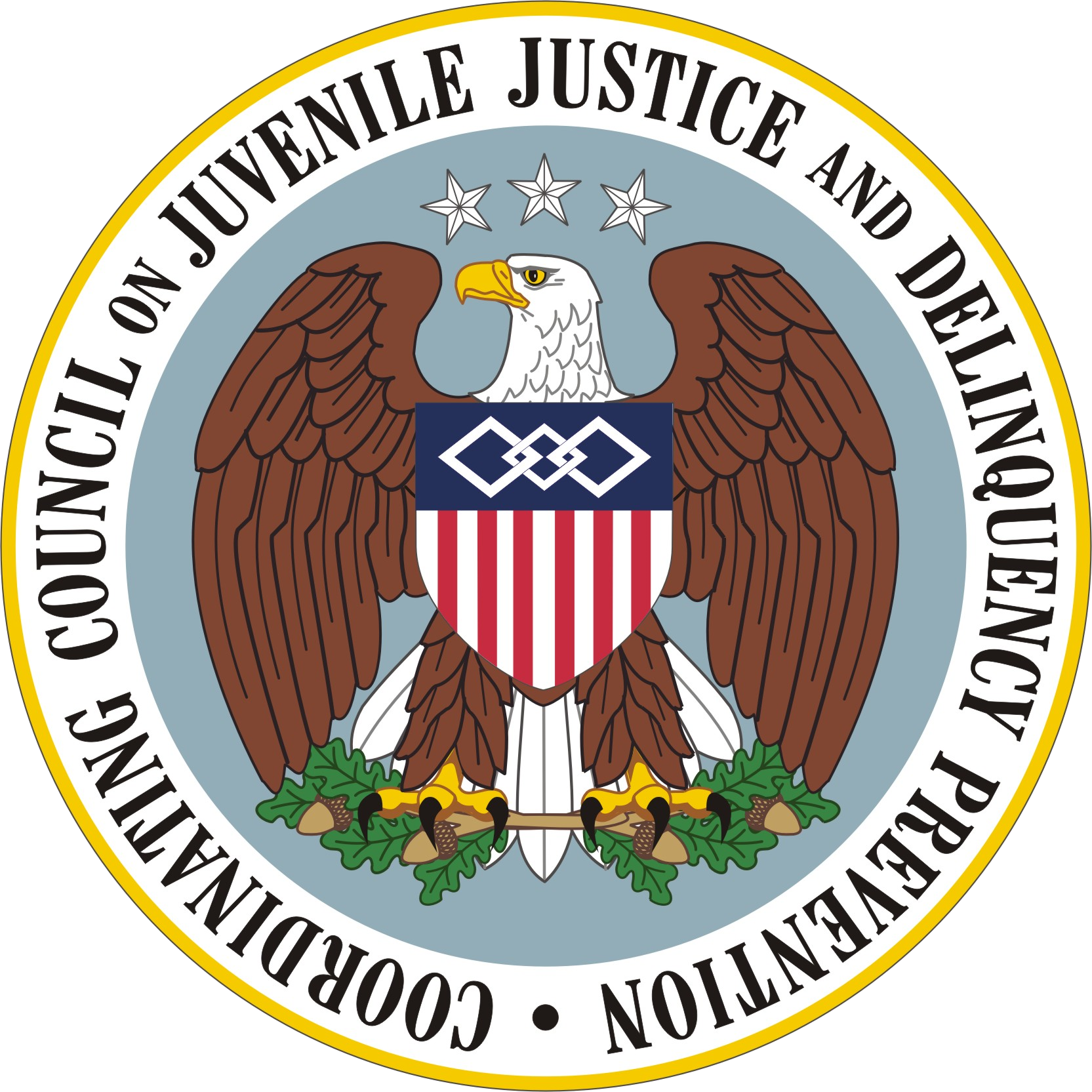Lead Poisoning1 and Delinquency
Research has established that children with elevated levels of lead in their blood frequently suffer from physical, neurobiological, and cognitive impairment. Several recent studies have also documented the link between elevated levels of bone lead in children and later behavioral problems, including aggression and delinquency.
Introduction/History
Environmental lead poisoning is preventable. Much can be done to educate staff in government and community agencies, landlords, and families about the importance of testing housing, schools, and childcare settings for the presence of lead and other environmental hazards and about some inexpensive measures that can control lead/environmental hazards and protect children. Increasingly, community-based organizations (CBO's) are taking up the challenge of lead poisoning prevention. More attention needs to be paid, however, to ensuring that the greater number of workers and contractors doing lead and other environmental remediation work are indeed from the communities in which they are working. Thus government funding initiatives need to provide CBO's the control or level of funding that allows them to build the capacity of their communities to solve these issues for themselves over the long term.
Recent and planned activities
Established in December 1998, the Coordinating Council's Working Group on Lead Poisoning and Delinquency has begun the process of developing an action plan to implement recommendations made to the Coordinating Council. As a first step, the group has undertaken an effort to identify Federal programs focused on lead/environmental hazards prevention and intervention. The group is also seeking to identify other prevention programs that could integrate lead prevention measures into their efforts. This Working Group consists of representatives of several offices and bureaus within the U.S. Departments of Justice (DOJ), Education, and Housing and Urban Development (HUD), and the Environmental Protection Agency (EPA) as well as representatives of community groups, research, and national advocacy organizations.
Additionally, DOJ formed a Working Group on Environmental Hazards to Children specifically to enhance its efforts to identify and reduce environmental risks in communities. Members of the Working Group are coordinating efforts with HUD, with EPA, and across DOJ Department components. This work is being conducted in coordination with the larger Coordinating Council Working Group on Lead Poisoning and Delinquency, and will be focused in the following five areas:
- Enforcement
Efforts will be concentrated on supporting civil and criminal enforcement including ongoing pilot projects for enforcement of lead disclosure rules in Chicago, Los Angeles, and the District of Columbia and on producing a manual for U.S. Attorney's Offices that would include plans for developing and prosecuting such cases, model pleadings and settlement options, and suggestions for effective partnerships with State and local agencies. - Training
The focus will be on coordinating training for Federal, State, and local law enforcement agents, assisting in the creation and training of special environmental units in police departments (as in the District of Columbia), and providing training for Federal and local prosecutors. - Community Outreach and Education
Prevention and identification strategies will be emphasized including work to: enhance or complement community efforts, especially in Weed and Seed sites; redevelop abandoned industrialized areas (Abrownfields@); support CBO's working to prevent lead poisoning and exposure to other environmental hazards; involve community police officers in public education and abatement efforts; establish service learning and job training programs to conduct abatement work and provide community education about lead poisoning; train visiting nurses to recognize environmental hazards; provide education to families; and screen children for lead poisoning.Additional visibility will be created by including issues related to lead and environmental risk prevention in speeches by the Attorney General and other senior Department officials.
- Legislation
DOJ will develop and support legislative proposals that address lead-based paint hazards, enforcement, funding for risk assessments and abatement, funding for research, and incentives for States to provide blood lead testing. - Research and Evaluation
Areas to be addressed include supporting research on the connection between exposure to lead hazards and juvenile delinquency, violence, and antisocial behavior and inventorying existing efforts to identify best practices and to disseminate this information through Federal and State agency networks.
To Be Discussed at Meeting
Current status of the two working groups' efforts will be reviewed.
Next Steps
Continue with development of an interagency action plan and with implementation of recommendations as outlined.
Contact
Robin Delany-Shabazz
Coordinator, Child Abuse and Neglect Programs
OJJDP
202-307-9963 (phone)
202-353-9095 (fax)
[email protected] (e-mail)
1 Though the title focuses on the association between lead poisoning and delinquency, lead poisoning shares a common cause and common solutions with other environmental hazards that menace children and families-each of which takes a toll on children's health. Because it is fiscally inefficient, programmatically ineffective, and arguably irresponsible to address these hazards separately, prevention and control of lead hazards must be tied at Federal, State, and local levels to comprehensive efforts to prevent and control other environmental hazards.


